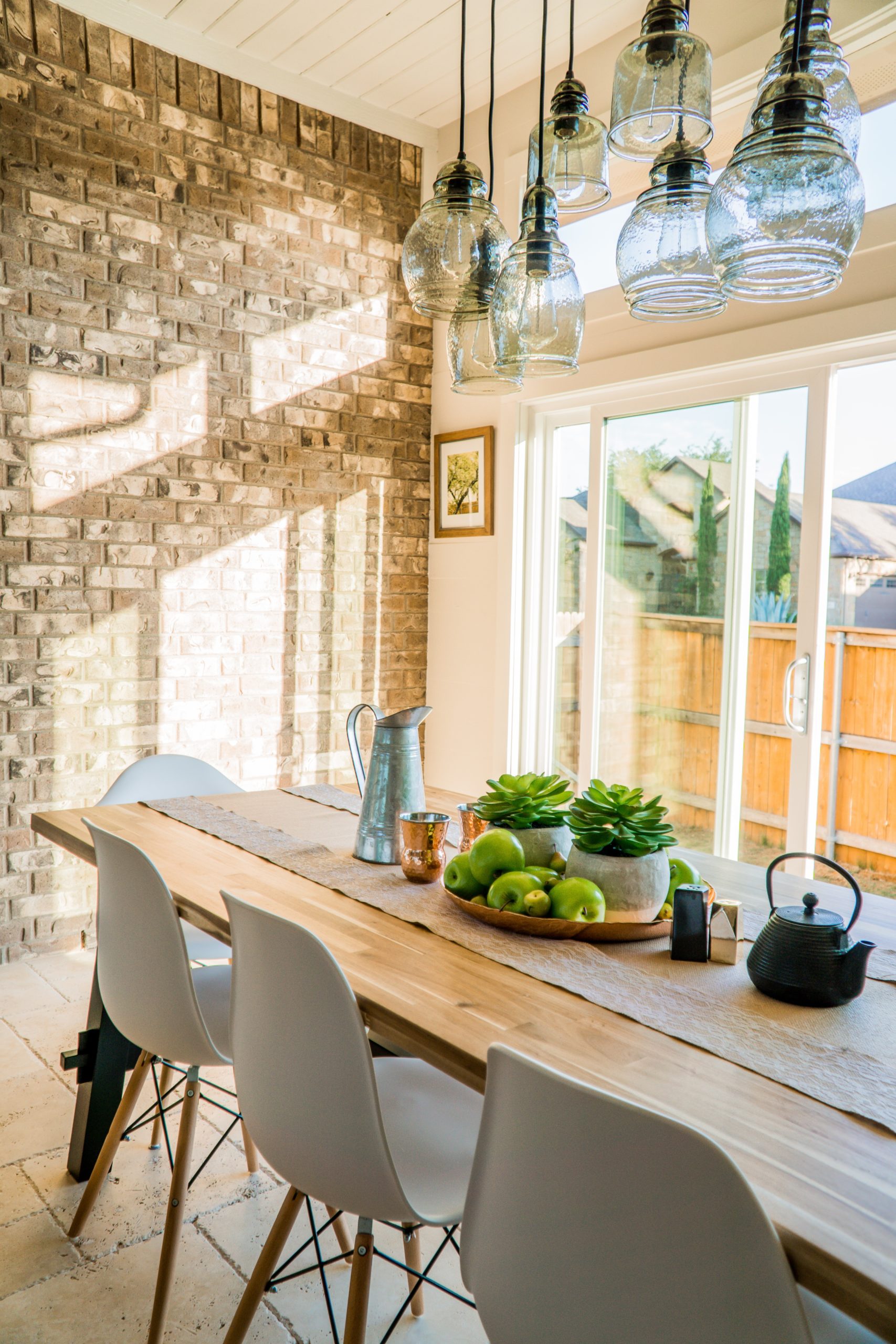The Basics of Net-Zero Housing
What is Net Zero?
A zero-energy building (ZE), also known as a zero net energy (ZNE) building, net-zero energy building (NZEB), net zero building is a building with zero net energy consumption, meaning the total amount of energy used by the building on an annual basis is equal to the amount of renewable energy created on the site (WIKIPEDIA).
Net-Zero homes can produce their own energy and can supply to the power grid, but also draw from the grid when necessary. Over a year, these balance out to 0, or Net-Zero energy.
Are Net-Zero Homes “Off the Grid”?
Not necessarily, although they can be. Net-zero homes can still be connected to the power grid and consume electricity, water, internet, and other utilities. However, if your inner nature-person is calling, off-the-grid homes can also be net-zero.
Are All Net-Zero Homes New Builds?
No, the net-zero concept isn’t limited to new builds. Following the same principles for net-zero new homes, renovations include improving existing insulation levels to exceed code standards, focusing efforts on sealing and insulating the building envelope, orienting windows to work with the sun, and redesigning HVAC systems to be as efficient as possible among other measures that are dependant on your home and location in Canada.
What Are the Features of a Net-Zero Home?
These can vary widely depending on where in Canada your home is and how it’s built. Some features can include solar panels, air-tight construction and building envelopes, significantly improved insulation, drain water heat recovery systems, and home energy displays to monitor your energy supply and consumption.
“Net-Zero homes are quickly becoming mainstream, and the demand for healthier, resilient homes is on the upswing across the country.”
Why Go Net-Zero?
Zero energy homes are just like any home—except better. They are regular grid-tied homes that are so air-tight, well insulated, and energy efficient that they produce as much renewable energy as they consume over the course of a year, leaving the occupants with lowered energy and heating bills, and a carbon-free home.
The value of Net-Zero homes is incredible. Not only are they future-proof and built to stand the test of time, they also are built to higher standards than conventional new homes. A Net Zero Home is more durable – with high performance and better insulated walls, roof, and the envelope as a whole.
A zero energy home is not just a “green home” or a home with solar panels. A zero energy home combines advanced design and superior building systems with energy efficiency and on-site solar panels to produce a better home. Zero energy homes are ultra-comfortable, healthy, quiet, sustainable homes that are affordable to live in.
No longer a technology of the future, Net-Zero homes are quickly becoming mainstream, and the demand for healthier, resilient homes is on the upswing across the country.
How to Start the Net-Zero Home Process
1. Efficient Home Design
Every Net-Zero home starts with a smart energy efficient design. Speak with an architect, home builder, or contractor who is well versed in Net-Zero design to get the ball rolling in the most cost effective way.
2. Use Energy Modelling
Computerized energy modelling is an essential element of building design for high-performance homes, because it allows the designer to predict the energy performance of a building based on specific site characteristics, structural assemblies, mechanical efficiencies, and available technologies.
3. Seal the Building Envelope
Building envelopes are the cornerstone of Net-Zero homes. Having a well sealed envelope on your home can have a huge impact on the rest of the house. Make sure you talk to your builder or contractor about air sealing options.
4. Super Insulate the Building Envelope
Another cornerstone of Net-Zero and high performance homes. Select framing strategies that make it easier to insulate the building envelope and minimize thermal bridging. Choose higher R-Values and check assemblies to make sure you’re using the correct values.
5. Proper Ventilation
Since high performing homes are mostly sealed off, it’s important for your builder or contractor to make sure that your home has proper ventilation and a good fresh air supply. Improper air sealing could lead to stale air, or even mould. Proper ventilation means a more comfortable home with good air circulation.
6. Select Energy Efficient Appliances, Electronics, Lights, and Smart Home Systems
By choosing Energy Star appliances and LED lighting, you’re giving your wallet and the environment a break. By using better home technology like smart thermostats, you’ll be able to keep tabs on your home systems and regulate them to be more efficient.
7. Your Home, Your Rules
Every home is unique. Depending on your climate zone, what type of house you have, and what kind of assemblies are used could all have an effect on the overall efficiency. Be involved in the process as much as you can to have a good understanding of your new high performing home.

Energy Efficiency Will Be Expected
Because of the mandates in the Pan-Canadian Framework on Clean Growth and Climate Change, many homes will be making the switch over to Net-Zero or Net-Zero Ready (NZR) in the coming years. A key driver of the Pan-Canadian Framework is Build Smart – Canada’s Building Strategy.
Canada’s building industry is changing to embrace energy efficient solutions and the climate change imperative. Which is good news for consumers and homeowners.
